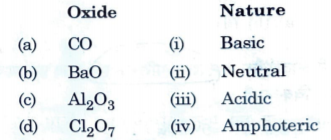Which of the following is parammagnetic ?
[CO(NH3)6]3+
[Ni(CO)4]
[NiF2−4]
[Ni(CN)4]2−
To determine which of the given coordination compounds is paramagnetic, we need to analyze the electronic configurations of the metal ions in each compound and check for the presence of unpaired electrons.
1. Understanding Paramagnetism:
- Paramagnetic substances have unpaired electrons in their electronic configuration.
- Diamagnetic substances have all electrons paired.
2. Analyzing Cobalt in (Co(NH3)6)3+:
- Cobalt in this complex has a +3 oxidation state.
- The electronic configuration of cobalt (Co) is (Ar) 4s² 3d⁷.
- For Co³⁺, we remove 3 electrons (2 from 4s and 1 from 3d), resulting in 3d⁶.
- Ammonia (NH3) is a strong field ligand, which causes pairing of electrons.
- Therefore, in (Co(NH3)6)³⁺, all electrons are paired → Diamagnetic.
3. Analyzing Nickel in (Ni(CO)4):
- Nickel in this complex is in the zero oxidation state.
- The electronic configuration of nickel (Ni) is (Ar) 4s² 3d⁸.
- Carbon monoxide (CO) is a strong field ligand, which also causes pairing.
- Thus, in (Ni(CO)4), all electrons are paired → Diamagnetic.
4. Analyzing Nickel in (NiF4)²⁻:
- Here, nickel is in the +2 oxidation state.
- The electronic configuration of Ni is (Ar) 4s² 3d⁸, and for Ni²⁺, we remove 2 electrons (both from 4s), resulting in 3d⁸.
- Fluoride (F⁻) is a weak field ligand, which does not cause pairing.
- Therefore, in (NiF4)²⁻, there are unpaired electrons → Paramagnetic.
5. Analyzing Nickel in (Ni(CN)4)²⁻:
- Again, nickel is in the +2 oxidation state.
- The electronic configuration is still 3d⁸.
- Cyanide (CN⁻) is a strong field ligand, leading to pairing of electrons.
- Thus, in (Ni(CN)4)²⁻, all electrons are paired → Diamagnetic.
Conclusion:
The only compound that is paramagnetic is (NiF4)²⁻.
- Paramagnetic substances have unpaired electrons in their electronic configuration.
- Diamagnetic substances have all electrons paired.
- Cobalt in this complex has a +3 oxidation state.
- The electronic configuration of cobalt (Co) is (Ar) 4s² 3d⁷.
- For Co³⁺, we remove 3 electrons (2 from 4s and 1 from 3d), resulting in 3d⁶.
- Ammonia (NH3) is a strong field ligand, which causes pairing of electrons.
- Therefore, in (Co(NH3)6)³⁺, all electrons are paired → Diamagnetic.
- Nickel in this complex is in the zero oxidation state.
- The electronic configuration of nickel (Ni) is (Ar) 4s² 3d⁸.
- Carbon monoxide (CO) is a strong field ligand, which also causes pairing.
- Thus, in (Ni(CO)4), all electrons are paired → Diamagnetic.
- Here, nickel is in the +2 oxidation state.
- The electronic configuration of Ni is (Ar) 4s² 3d⁸, and for Ni²⁺, we remove 2 electrons (both from 4s), resulting in 3d⁸.
- Fluoride (F⁻) is a weak field ligand, which does not cause pairing.
- Therefore, in (NiF4)²⁻, there are unpaired electrons → Paramagnetic.
- Again, nickel is in the +2 oxidation state.
- The electronic configuration is still 3d⁸.
- Cyanide (CN⁻) is a strong field ligand, leading to pairing of electrons.
- Thus, in (Ni(CN)4)²⁻, all electrons are paired → Diamagnetic.
The only compound that is paramagnetic is (NiF4)²⁻.
Topper's Solved these Questions
- BOOK - BITSAT GUIDECHAPTER - COORDINATION COMPOUNDSEXERCISE - BITSAT Archives7videos
COORDINATION COMPOUNDS
- BOOK - BITSAT GUIDECHAPTER - CHEMICAL THERMODYNAMICSEXERCISE - BITSAT Archives15videos
CHEMICAL THERMODYNAMICS
- BOOK - BITSAT GUIDECHAPTER - D AND F BLOCK ELEMENTSEXERCISE - BITSAT Archives10videos
D AND F BLOCK ELEMENTS
Similar Questions
Knowledge Check
- Question 1 - Select One
If Hund's rule is not followed then which of the following ion is paramagnetic,
ACr2+BFe2+CRh+3DMnO2−4 - Question 2 - Select One
which of the following is not ?
AGelatin solBSilver solCSulphur solDAs2S3 sol - Question 3 - Select One
Which of the following Fischer projection is the enantiomer of the following molecule?
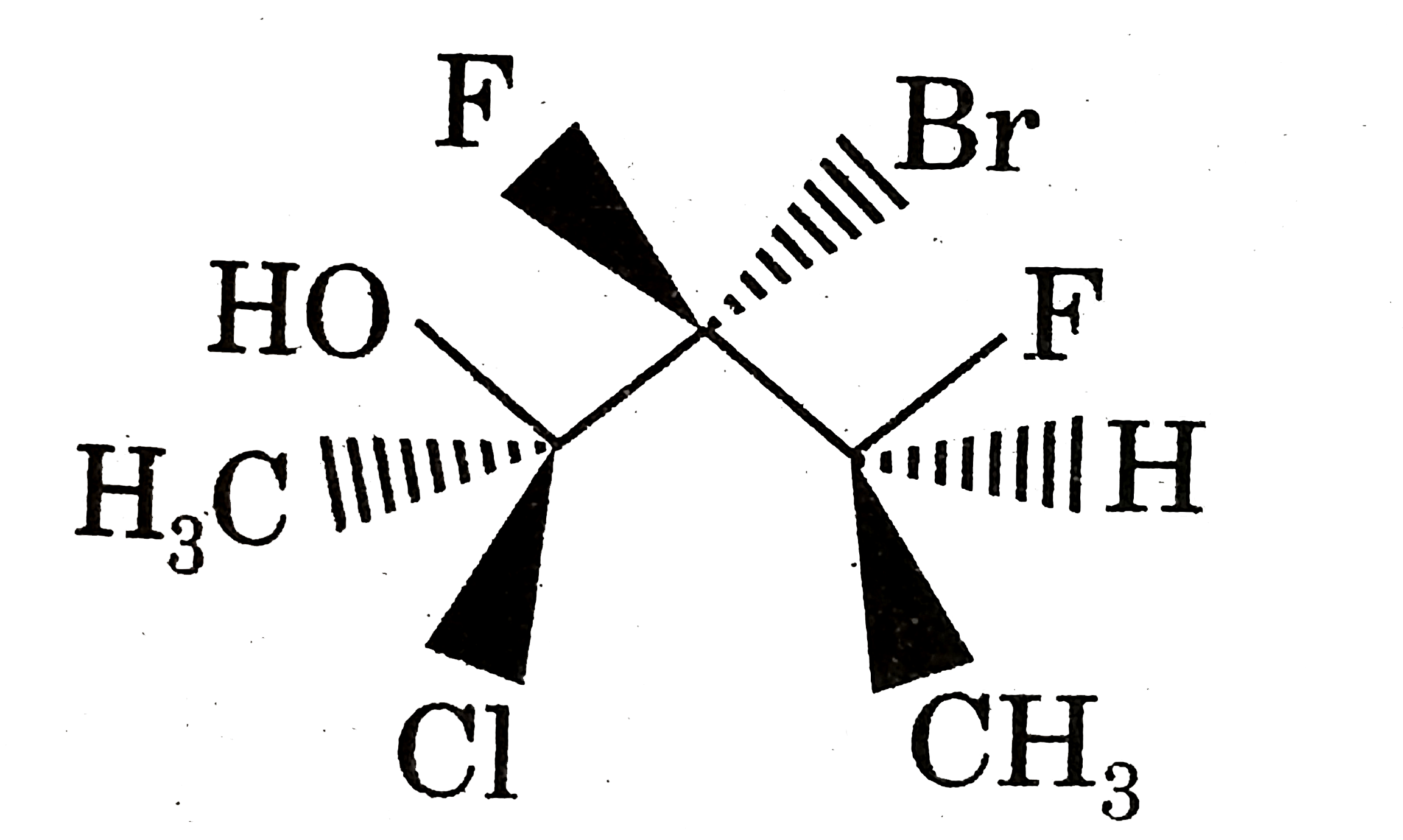 A
A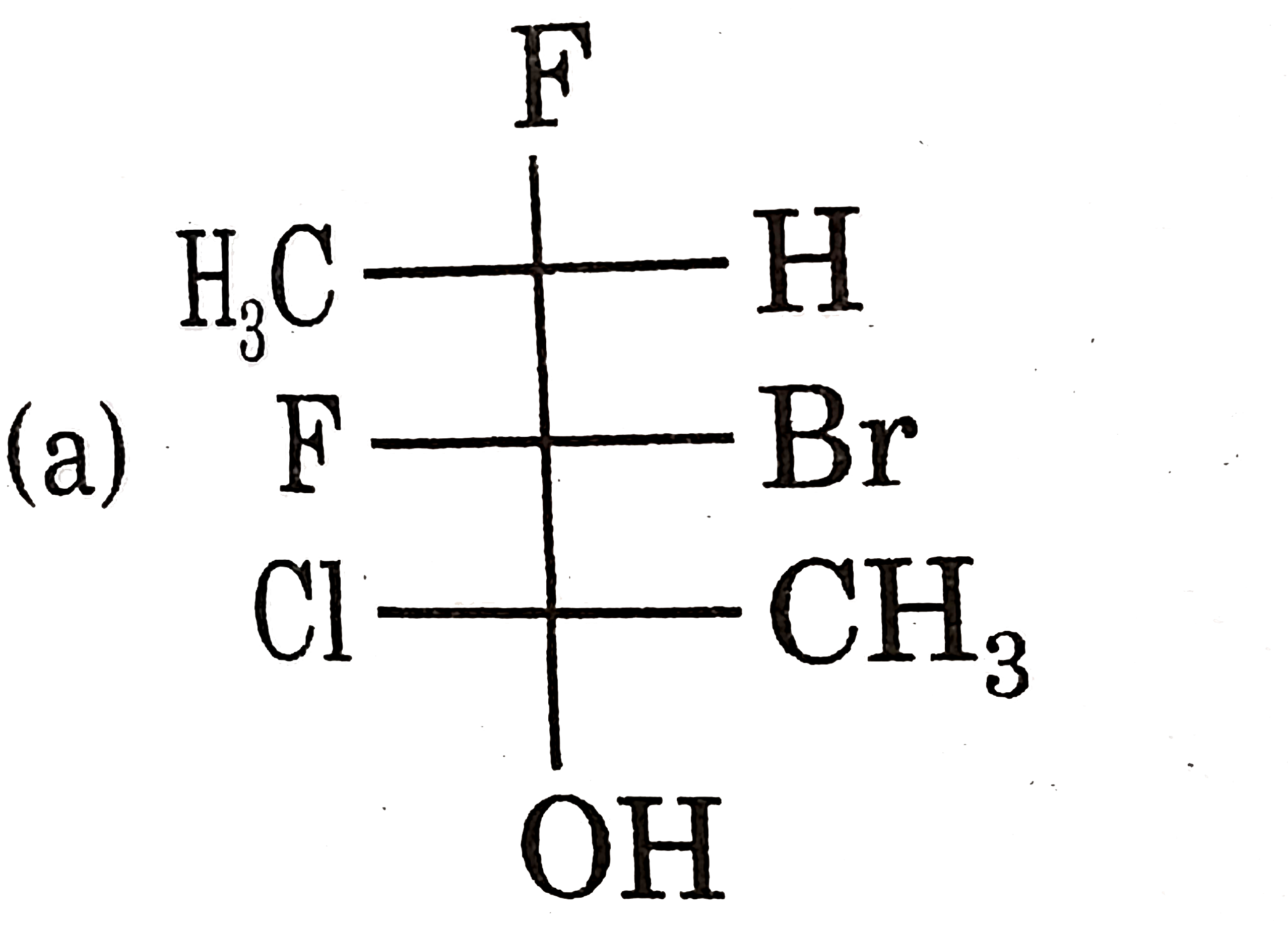 B
B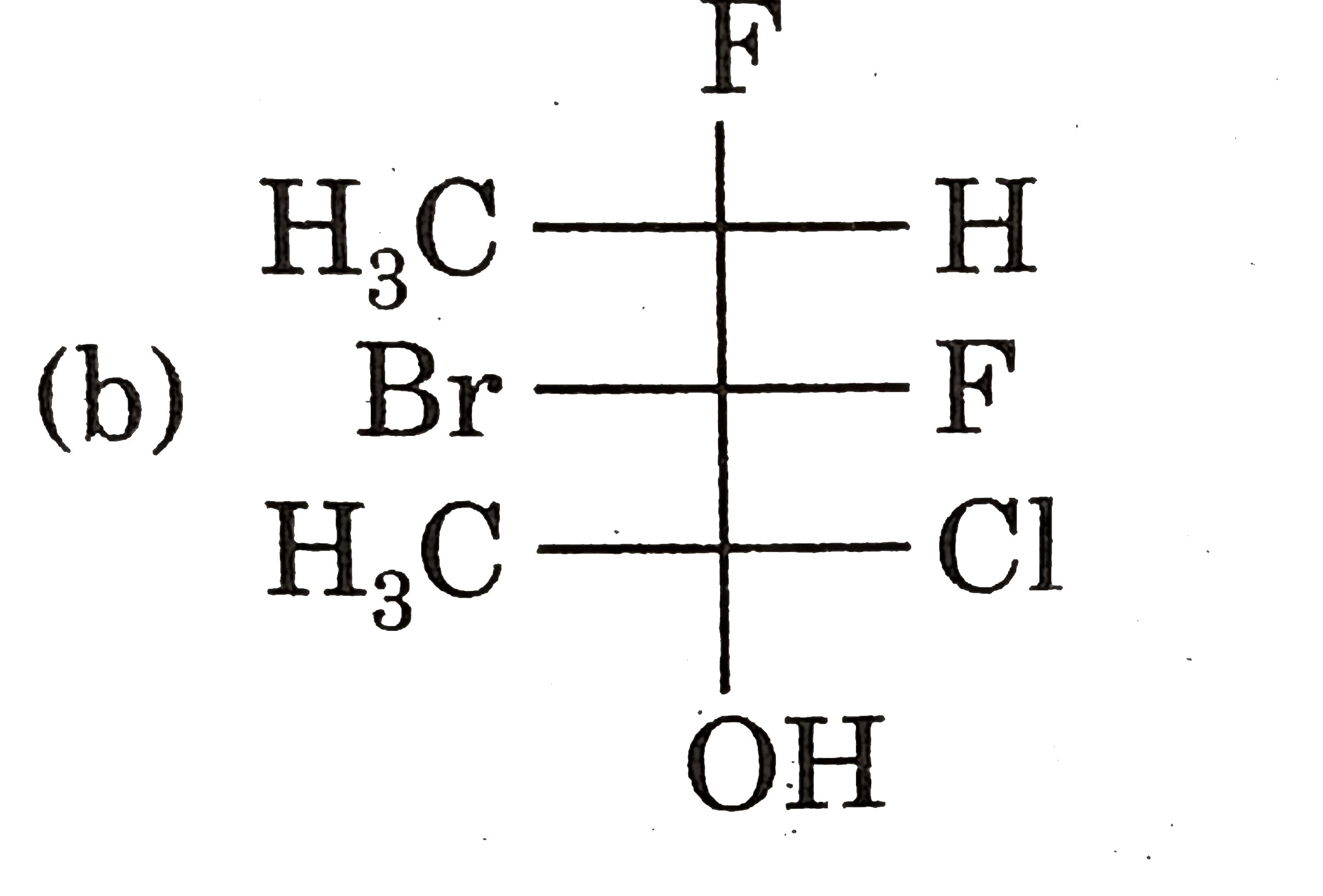 C
C D
D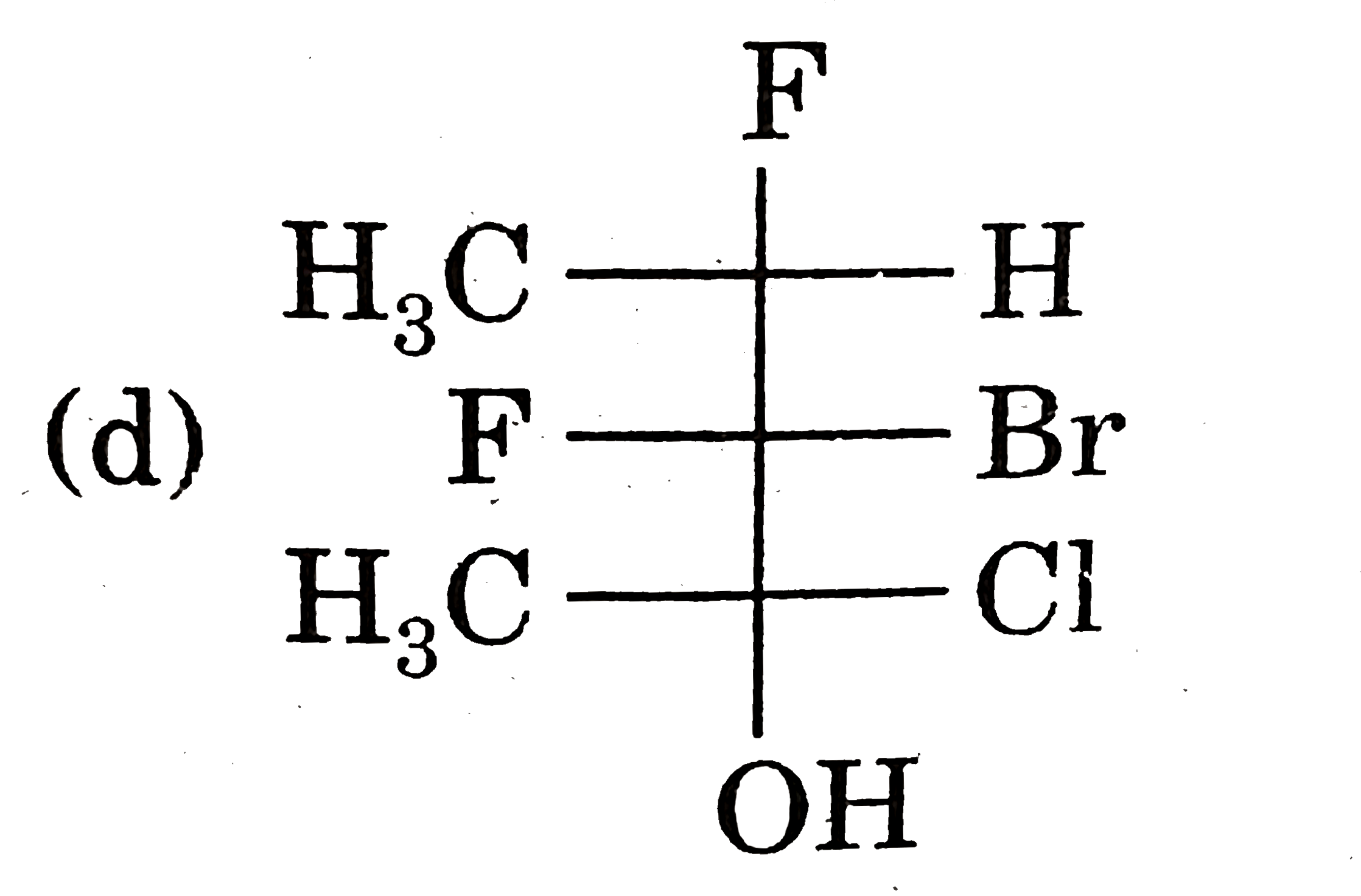
Which of the following is strongest acid among following
View SolutionWhich of the following is correct about the following?
View SolutionWhich of the following strongest acid in the following?
View SolutionWhich of the following is/are not the products in the following reaction?
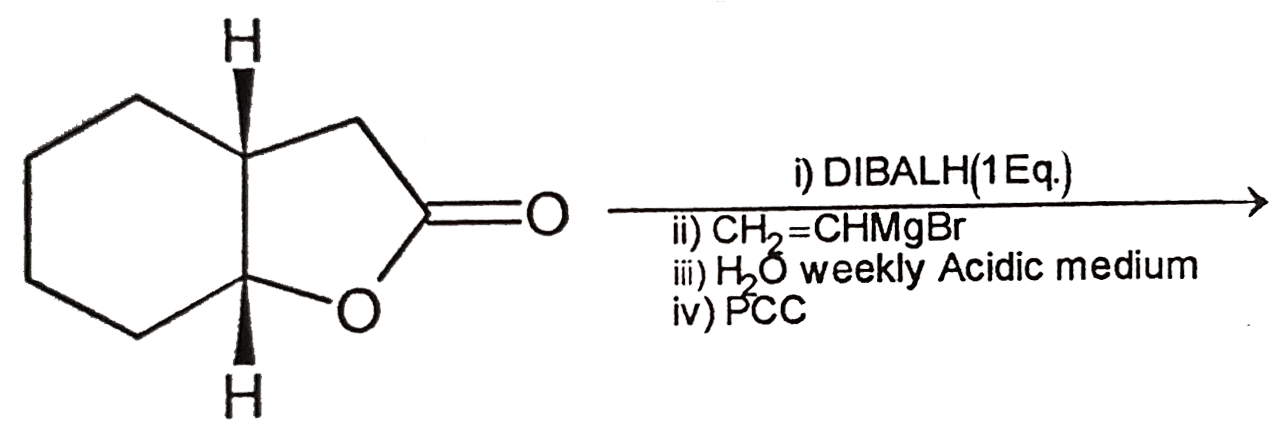 View Solution
View SolutionWhich of the following characteristics does not belong to following plants ?
View Solution

